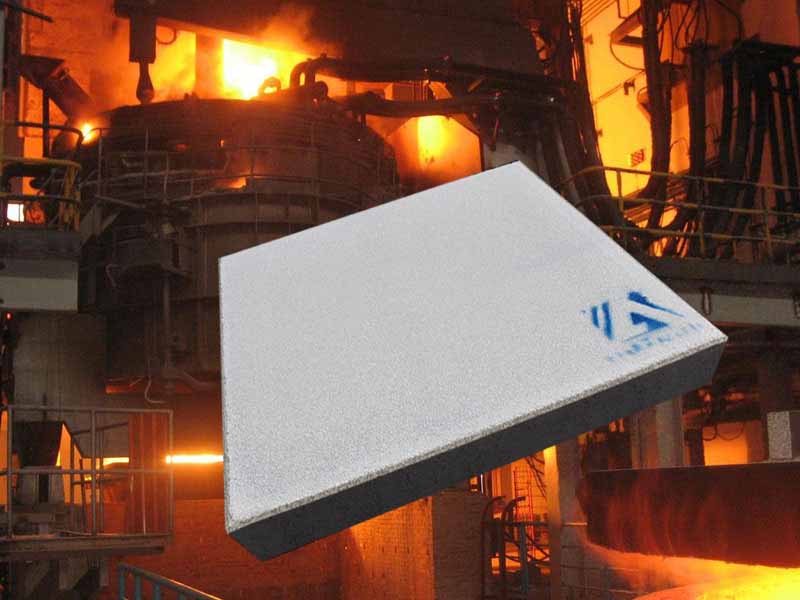
04 11月 Molten Aluminum Filter Bengal Aluminium
Molten Aluminum Filter Bengal Aluminium can effectively remove large inclusions in the aluminum liquid, and adsorb micron-level fine inclusion particles, which can improve surface quality, improve product performance, improve microstructure, and increase yield. It is widely used in the production of aluminum profiles, aluminum foils and aluminum alloys.

For foamed alumina ceramics sintered at low temperature (≤1250°C) and with a through porosity of more than 80%, the quenching temperature control is very different from that of ordinary ceramics.
1. The strength of foamed alumina ceramics mainly depends on the bonding strength of aluminum dihydrogen phosphate in high-temperature manufacturing. There is no crystal liquid crystal, and no quenching is required.
2. The thermal storage performance of foam ceramics is extremely poor. After passing through the high-temperature firing zone, the foam ceramic products begin to cool rapidly.
3. Foam ceramics are composed of a three-dimensional network structure, and the network reinforcing ribs are easy to burst or damage during rapid cooling, which affects the strength of the product, and the inclusion of slag is also obvious.
There are currently two main methods to determine porosity
The first is to calculate the pore volume in the filter plate according to Archimedes’s law, that is, inject water into the glass beaker along the overflow pipe until the water is discharged from the overflow pipe, and then test the water.
The water no longer flows. Put all the samples into the water gently, and then the water flows out from the overflow pipe, and measure the amount of water in this part. The physical volume of the filter plate minus the overflow water is the total pores of Ceramic Foam Filter.
Molten Aluminum Filter Bengal Aluminium supplier: sales@adtechamm.com
On February 25, 2021, India’s National Aluminum (NALCO) crushing unit and conveyor system held a groundbreaking ceremony in Damanjodi.
Pralhad Joshi, Minister of Coal and Mining of India, attended the ceremony.
The system will meet the bauxite demand of the fifth production line of Navaratna alumina refinery. The total investment of the project is about 4.83 billion rupees and is expected to be completed in April 2022.
Pralhad Joshi said that we plan to increase economic output to 5 billion US dollars by 2024. I believe NALCO will write its own success story in this growth trend.
Odisha is rich in resources, with 96% of the country’s chromite resources, 44% of manganese resources, 51% of bauxite resources, 25% of coal resources and 34% of iron ore resources.
Our government is formulating a series of measures to develop the rich mineral resources of the region for the benefit of the country and the local people.
Earlier on Monday, Joshi chaired the NALCO review meeting held in Visakhapatnam and instructed the company’s senior officials to increase production to achieve annual targets, while emphasizing the need to pay attention to production safety.
He expressed his delight that NALCO has become the world’s cheapest bauxite and alumina producer for the fourth consecutive year.
Joshi also visited the Panchpatmali bauxite mining area, which is located in the Koraput area with a reserve of 310 million tons, which is the largest bauxite mining area in Asia.


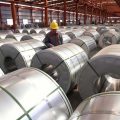
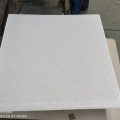
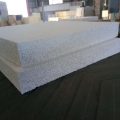
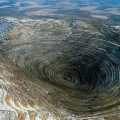
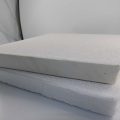





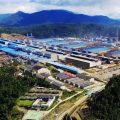

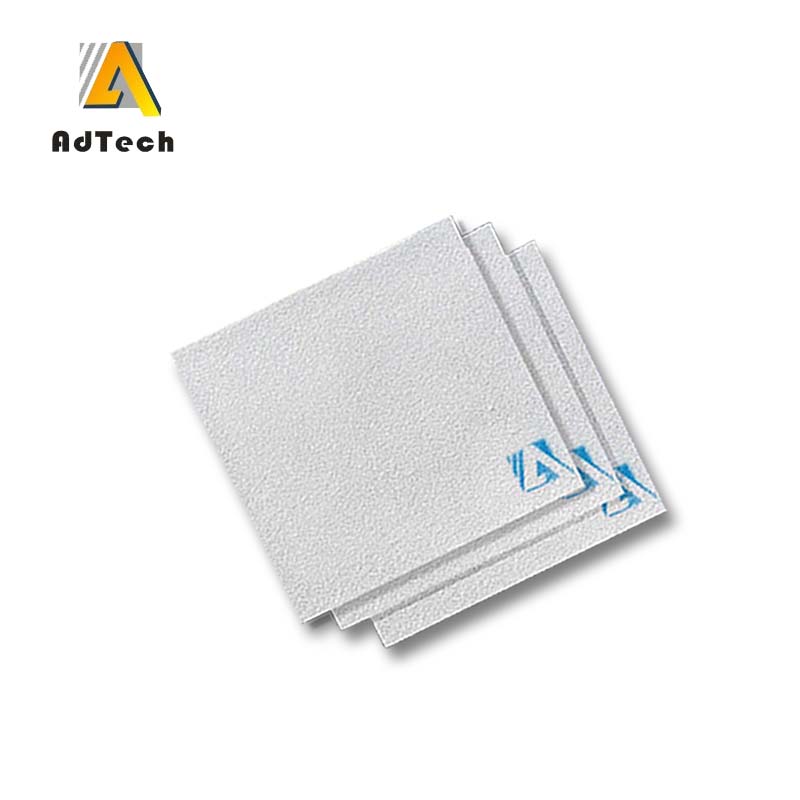
No Comments